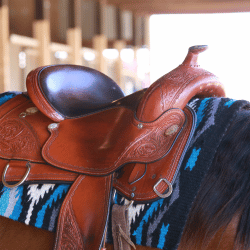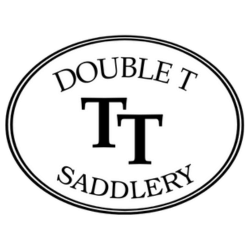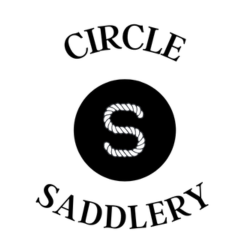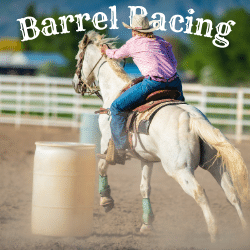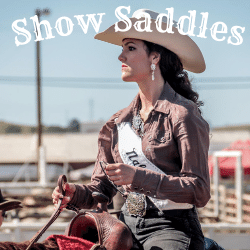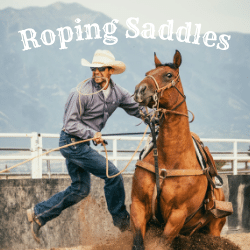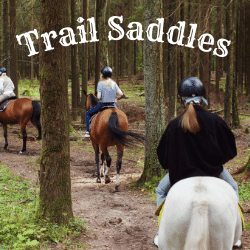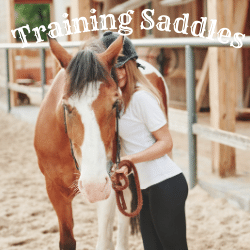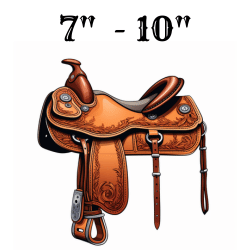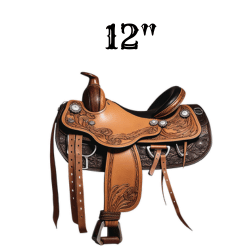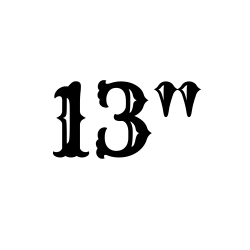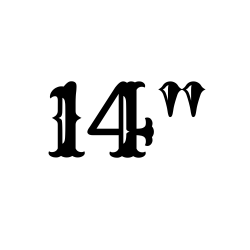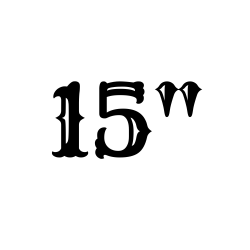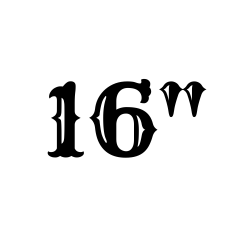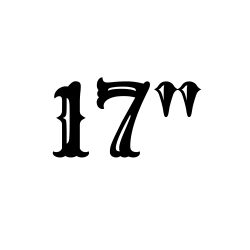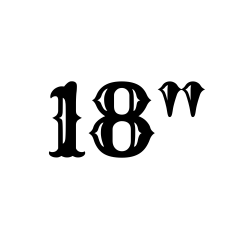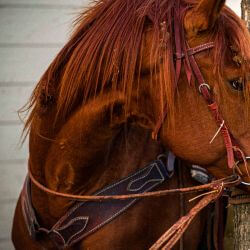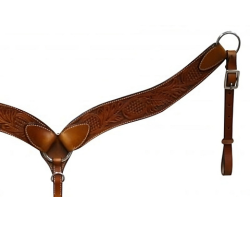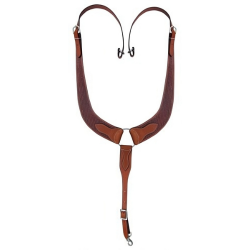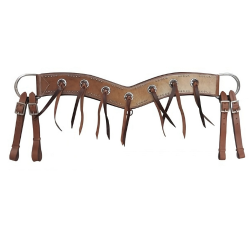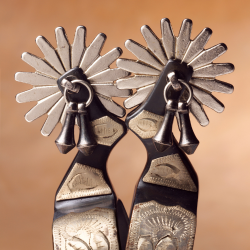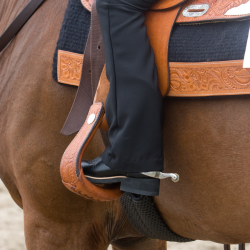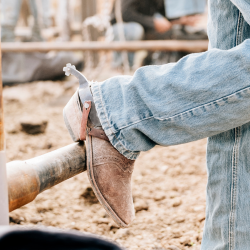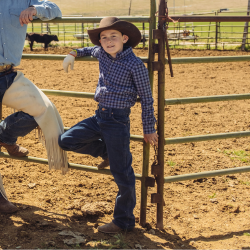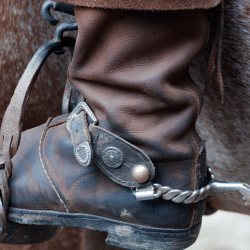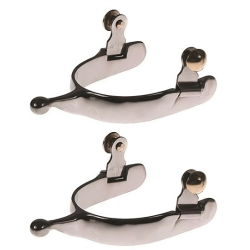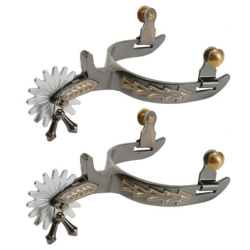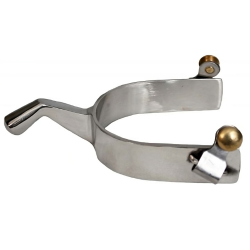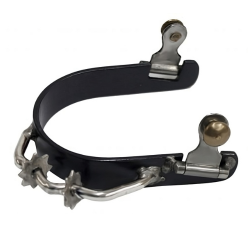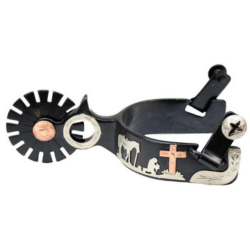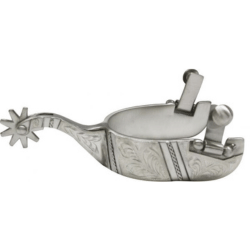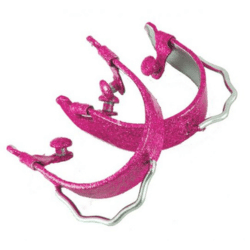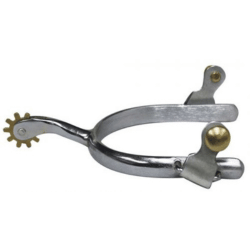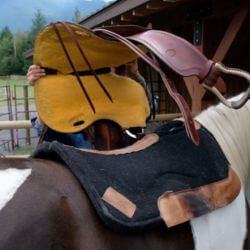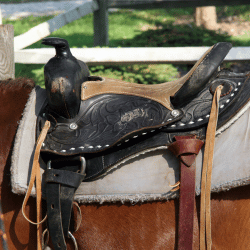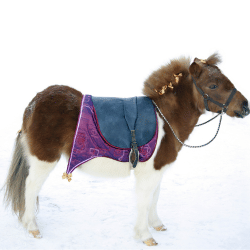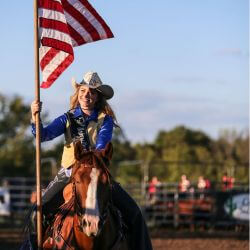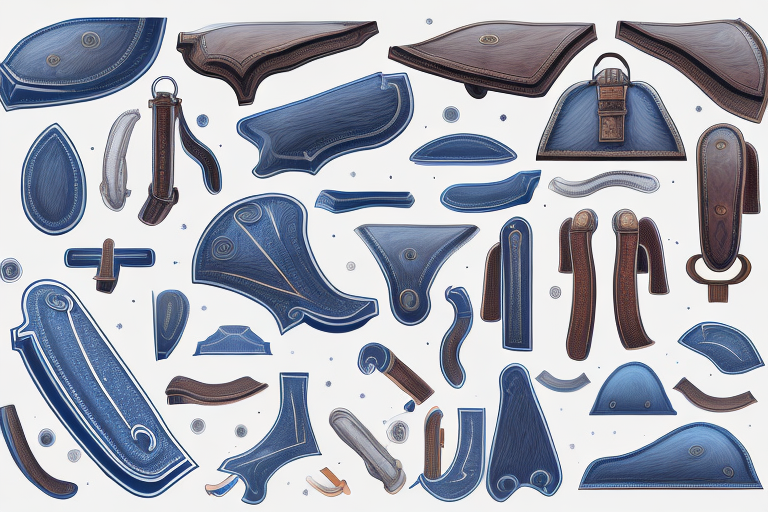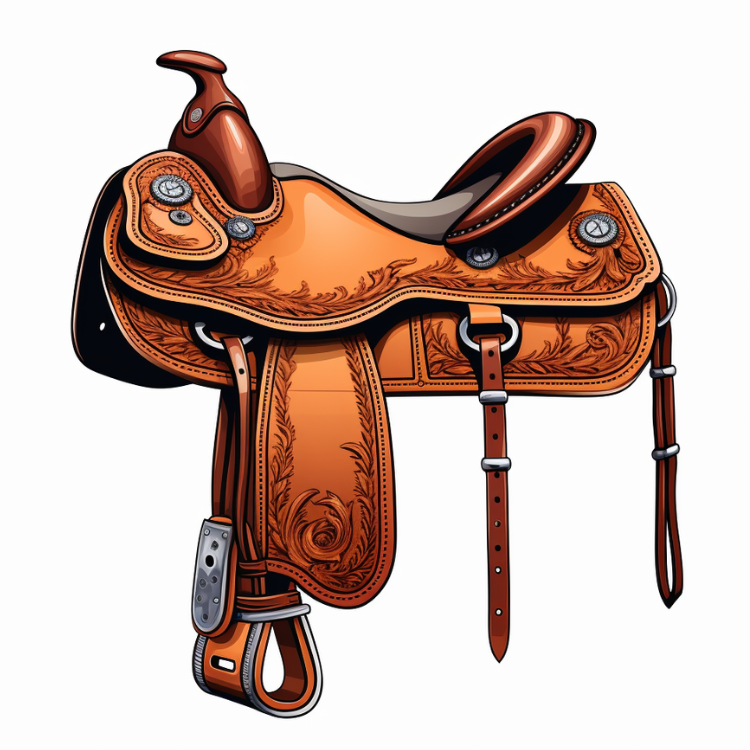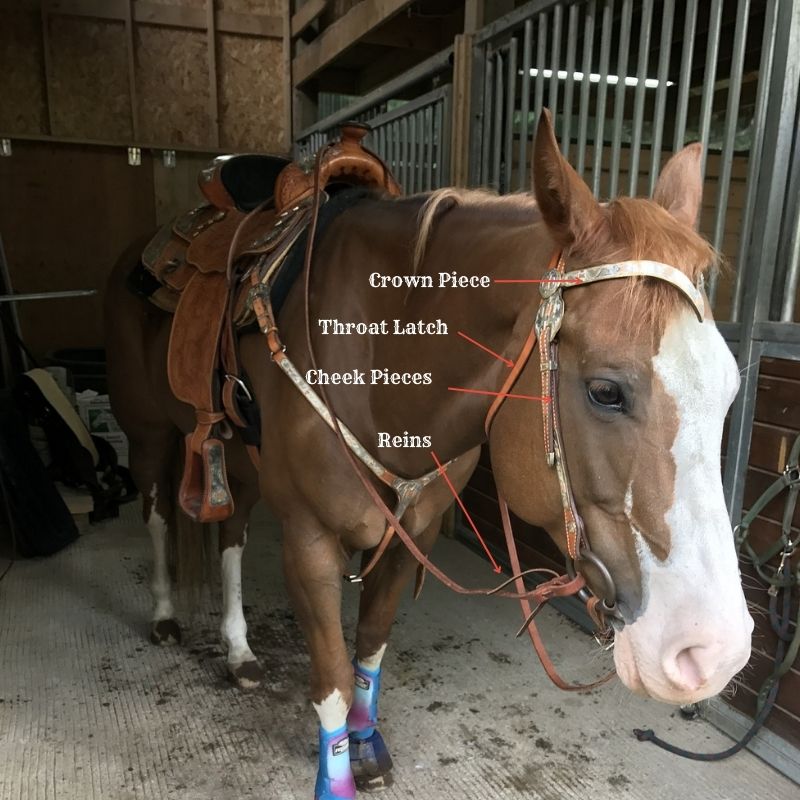What Is the Difference Between English and Western Saddles?
Horseback riding is a popular sport that has been practiced for centuries. However, there are many variations of riding styles and saddles available, which can be confusing for beginners. Two popular styles of saddles are English and Western. In this article, we will explore the differences between these two styles of saddles, their origins, designs, and riding styles, to help you understand which is best suited to your riding needs.
A Brief History of English and Western Saddles
Both English and Western saddles have unique histories that have shaped their designs and uses. However, there is much more to these saddles than meets the eye. Let's dive deeper into the fascinating history of these two iconic saddles.
Origins of the English Saddle
English saddles have their origins in European riding traditions, dating back to the 14th century. These saddles were initially designed for war and hunting, with a focus on functionality and practicality. The earliest English saddles were made from wood and leather, with no padding or stirrups. Riders would often use a cushion or blanket for added comfort.
As social trends changed, the English saddle evolved to become the choice of many riding disciplines, including dressage, jumping, and cross-country. With the rise of equestrian sports in the 19th century, the English saddle underwent significant changes in design and construction. The introduction of steel and other materials allowed for greater durability and comfort, making the English saddle a staple in the world of horseback riding.
Origins of the Western Saddle
The Western saddle originated in America during the late 1800s, developed for working cowboys who needed comfort, security, and durability during long hours of cattle drives. The design of the Western saddle was heavily influenced by the Spanish vaquero style, which was brought to America by Spanish settlers in the 1700s.
The Western saddle's popularity spread quickly, eventually becoming the iconic saddle of America's Wild West. The saddle's unique design, with its high cantle and horn, allowed cowboys to rope cattle and perform other tasks with ease. The Western saddle also became a symbol of the American cowboy way of life, and its popularity continues to this day.
Differences Between English and Western Saddles
While both English and Western saddles have their roots in practicality and functionality, there are significant differences between the two. English saddles are designed for close contact with the horse, allowing for greater communication between rider and horse. They are also lighter and more streamlined than Western saddles, making them ideal for jumping and other sports that require agility and speed.
On the other hand, Western saddles are designed for comfort and stability during long hours of riding. They have a deeper seat and higher cantle, providing a more secure and comfortable ride for the rider. The horn on the Western saddle is also a unique feature, allowing riders to rope cattle and perform other tasks with ease.
Overall, both English and Western saddles have their own unique histories and designs, making them integral parts of the equestrian world. Whether you prefer the elegance and agility of the English saddle or the comfort and durability of the Western saddle, there is no denying the important role these saddles have played in the development of horseback riding as we know it today.
Key Design Differences Between English and Western Saddles
Although both English and Western saddles are designed to provide the rider with stability and a safe passage during horseback riding, there are some significant differences between the design features of each style.
Saddle Tree Structure
The most significant difference between English and Western saddles is the saddle tree's structure. English saddles have a rigid foundation, usually made of wood with a steel or fiberglass frame, and are relatively lightweight. This design makes them ideal for jumping and other English riding disciplines, where the rider needs to maintain a close contact with the horse. In contrast, Western saddles have a broader foundation known as the "tree," which is typically made of wood, rawhide, or fiberglass. This design provides more stability and support for the rider, making them ideal for long hours of trail riding and ranch work.
Seat Design and Comfort
The seat design is another significant difference between the two saddles. English saddles feature a deep, narrow seat with a minimal amount of padding. This design provides the rider with more freedom of movement and enables them to feel the horse's movements more intimately. It also allows the rider to maintain a more upright posture, which is essential for jumping and other English riding disciplines. In contrast, Western saddles have a broader, more heavily padded seat designed to provide the rider with increased comfort during long hours of horseback riding. This design also allows the rider to sit deeper in the saddle, providing more stability during sudden stops and turns.
Stirrup Styles and Placement
Another significant difference between English and Western saddles is the stirrup's style and placement. English saddles have stirrups that hang directly below the rider's leg, allowing the rider to maintain a straight leg position. This design is essential for jumping and other English riding disciplines, where the rider needs to maintain a close contact with the horse. Western saddles have stirrups that are set further forward, allowing the rider's foot to rest flatly, providing more security during quick stops and turns. This design is essential for ranch work and other Western riding disciplines, where the rider needs to maintain a stable position while working with cattle.
Pommel and Cantle Variations
The pommel and cantle designs are another key difference between English and Western saddles. The pommel is the raised front of the saddle, while the cantle is the back. In an English saddle, the pommel is relatively low, while the cantle is high. This design provides a more streamlined, forward position for the rider, which is essential for jumping and other English riding disciplines. In contrast, Western saddles have higher pommels and lower cantles, which provide the rider with a more secure, upright posture. This design is essential for ranch work and other Western riding disciplines, where the rider needs to maintain a stable position while working with cattle.
Overall, both English and Western saddles have their unique features and design elements that make them ideal for different riding disciplines. Whether you're a seasoned equestrian or a beginner, it's crucial to choose the right saddle for your needs to ensure a safe and comfortable riding experience.
Comparing English and Western Riding Styles
Each saddle style is associated with distinct riding disciplines and techniques. However, both styles have their unique characteristics and are equally beloved by horse enthusiasts all over the world.
English Riding Disciplines
English riding styles are often associated with formal equestrian events, such as dressage, jumping, and cross-country. These events require a high level of precision, control, and elegance in the rider's movements. Riders wear protective clothing such as helmets, boots, and jodhpurs to ensure their safety during the competitions.
One of the most significant differences between English and Western riding is the saddle's design. The English saddle's design allows for lighter contact with the horse's back, promoting agility and precision in the rider's movements. This design also enables riders to use their legs and seat more effectively to communicate with the horse.
English riders often train for years to perfect their riding skills and techniques. They focus on maintaining a straight, symmetrical position, with reins held in both hands. This position allows them to have better control over the horse's movements and respond quickly to any changes in direction or speed.
Western Riding Disciplines
Western riding styles are often more casual, associated with working cowboys and rodeo performers. The attire often includes cowboy hats, boots, and jeans. The Western saddle's design is primarily used for comfort and stability, enhancing the rider's posture and balance during long hours of riding.
Western riding is all about the horse and rider's partnership, and this is reflected in the way the rider communicates with the horse. Western riders typically hold one long rein in one hand, utilizing neck-reining techniques to guide the horse. This technique allows the rider to use their free hand for other tasks, such as roping or opening gates.
Western riders sit deeper in the saddle, which enables them to apply leg pressure to the horse's side to communicate with the horse more effectively. This technique is especially useful for working with cattle, where the rider needs to make quick and precise movements.
Differences in Rider Position and Aids
While both English and Western riding have their unique styles and techniques, the rider's position and aids are also different between the two styles of riding. English riders focus on a straight, symmetrical position, with reins held in both hands. This position allows them to have better control over the horse's movements and respond quickly to any changes in direction or speed.
On the other hand, Western riders often have a more relaxed posture, with their weight distributed evenly between both stirrups. This position allows them to absorb the horse's movements better and maintain their balance during long hours of riding. Western riders also use their legs and seat more actively to communicate with the horse, applying pressure to the horse's side to guide them in the desired direction.
Overall, both English and Western riding styles have their unique characteristics and techniques. Whether you prefer the elegance and precision of English riding or the casual and practical approach of Western riding, there is no denying the bond between horse and rider that both styles foster.
Choosing the Right Saddle for Your Riding Needs
Factors to Consider When Selecting a Saddle
Choosing the right saddle for your riding needs can be overwhelming, but several factors can help you make an informed decision. These include your riding ability, the riding style you participate in, and your horse's physique and temperament.
Tips for Proper Saddle Fitting
Proper saddle fitting is essential for any rider. Poorly fitted saddles can lead to discomfort for both the horse and rider, resulting in poor performance, health problems, and a short lifespan for your saddle. It is crucial to have your saddle fitted by a professional, taking into account your horse's conformation, weight, and movement.
Caring for Your Saddle to Ensure Longevity
Investing in a good-quality saddle can be costly, but it is an investment in your horse's and your riding performance. To ensure the longevity of your saddle, it is essential to maintain it properly. Proper storage, cleaning, and conditioning can help maintain the saddle's quality for years to come.
Conclusion
Understanding the difference between English and Western saddles, their histories, and unique features, can help riders choose the right saddle for their riding needs. Whether you are interested in dressage, jumping, cross-country, or working on the ranch, there is a saddle style out there that is perfect for you.

